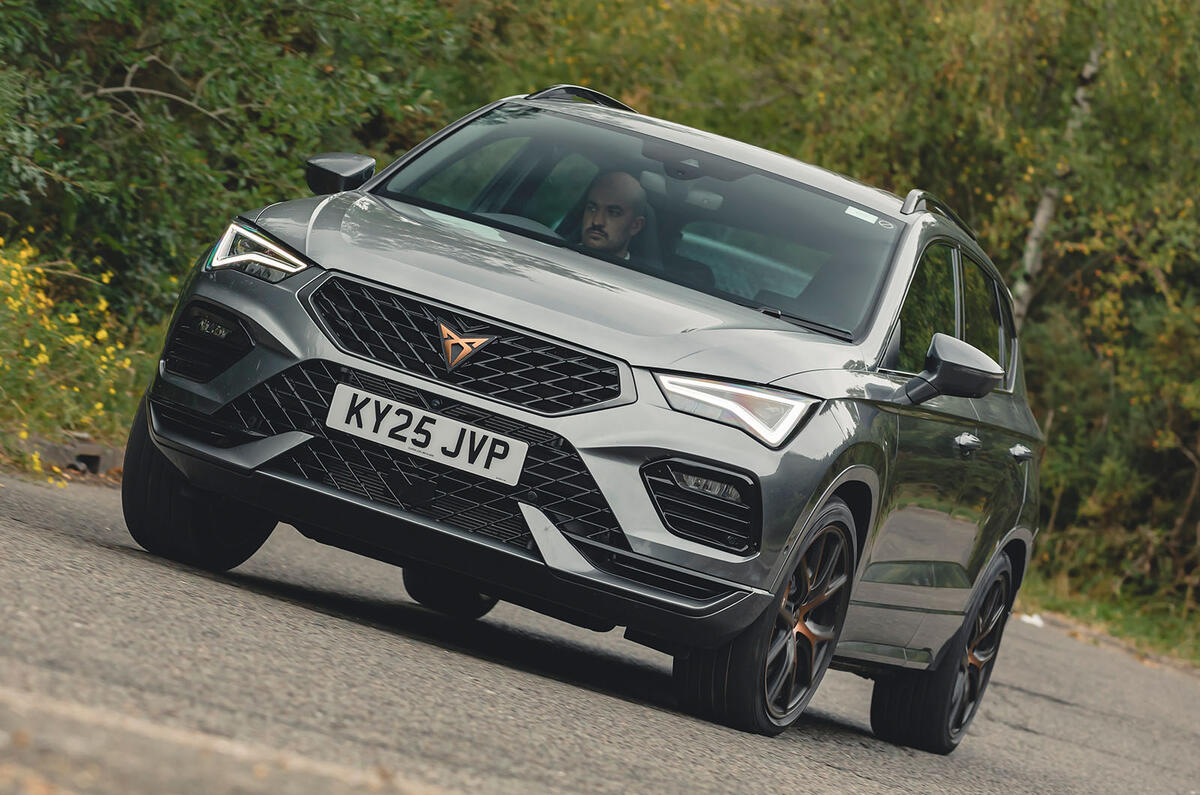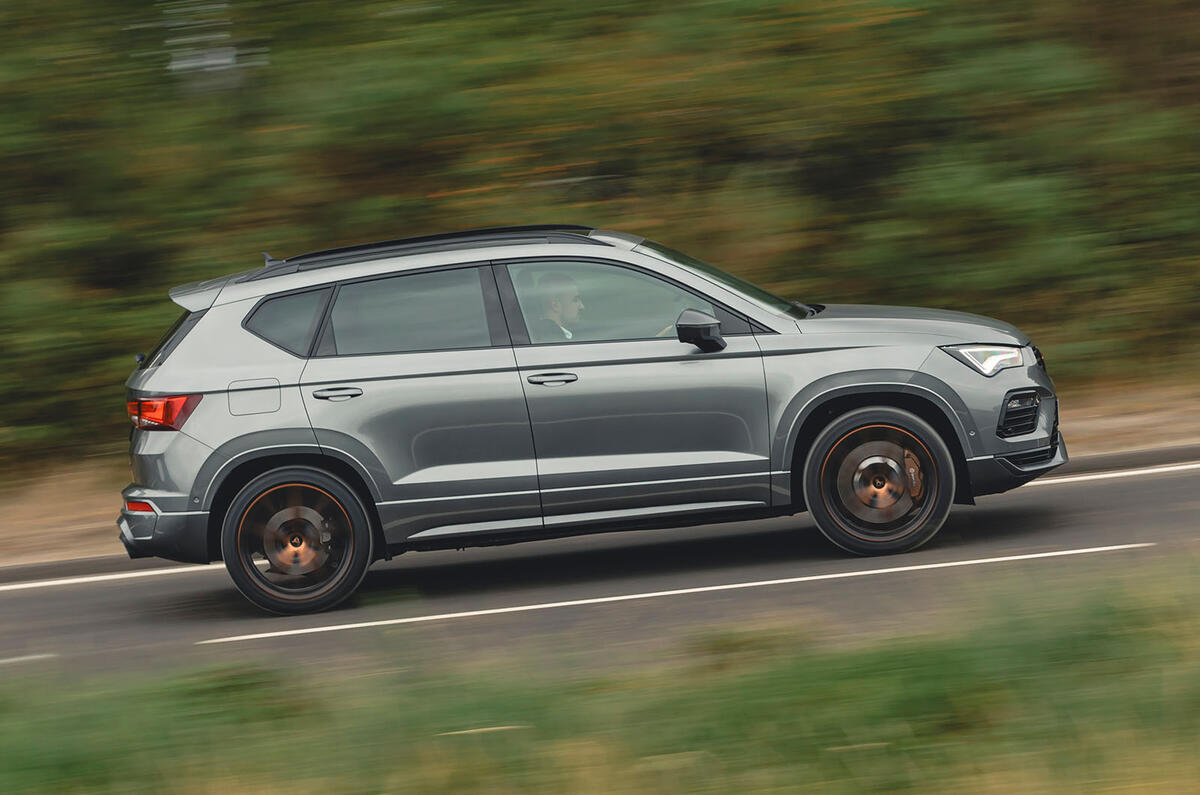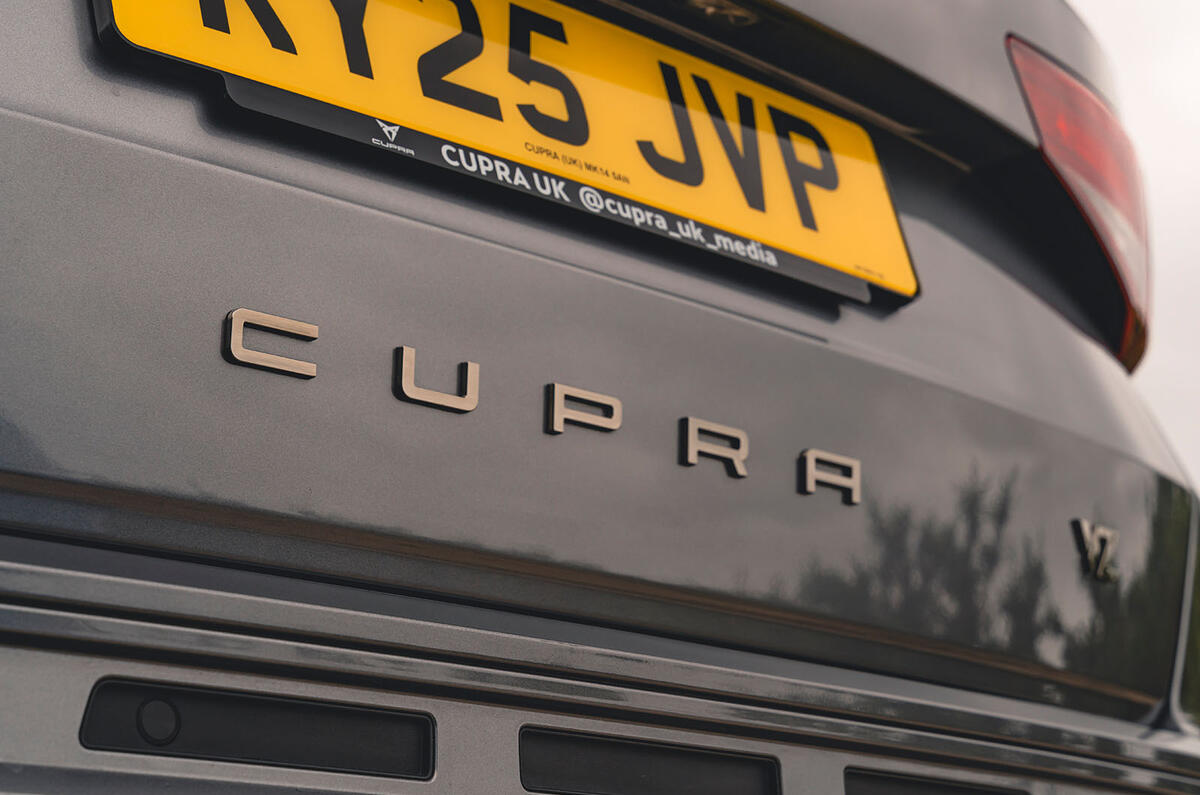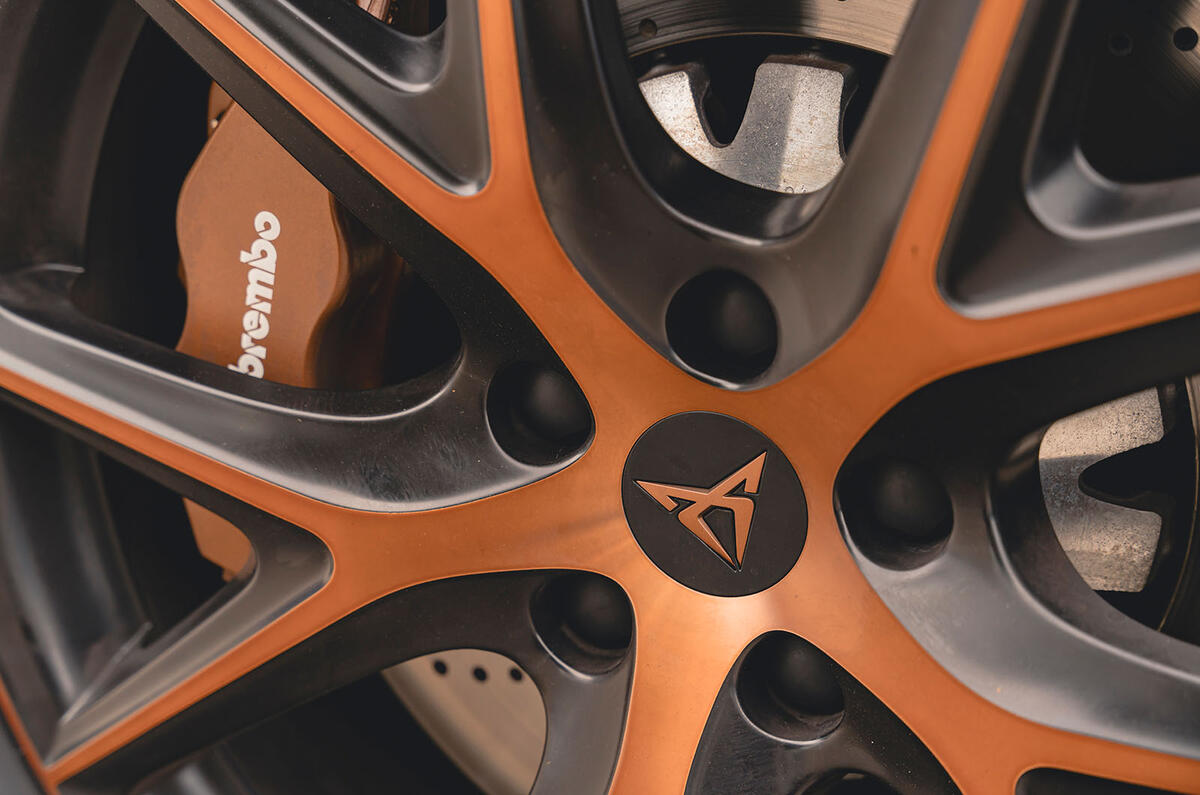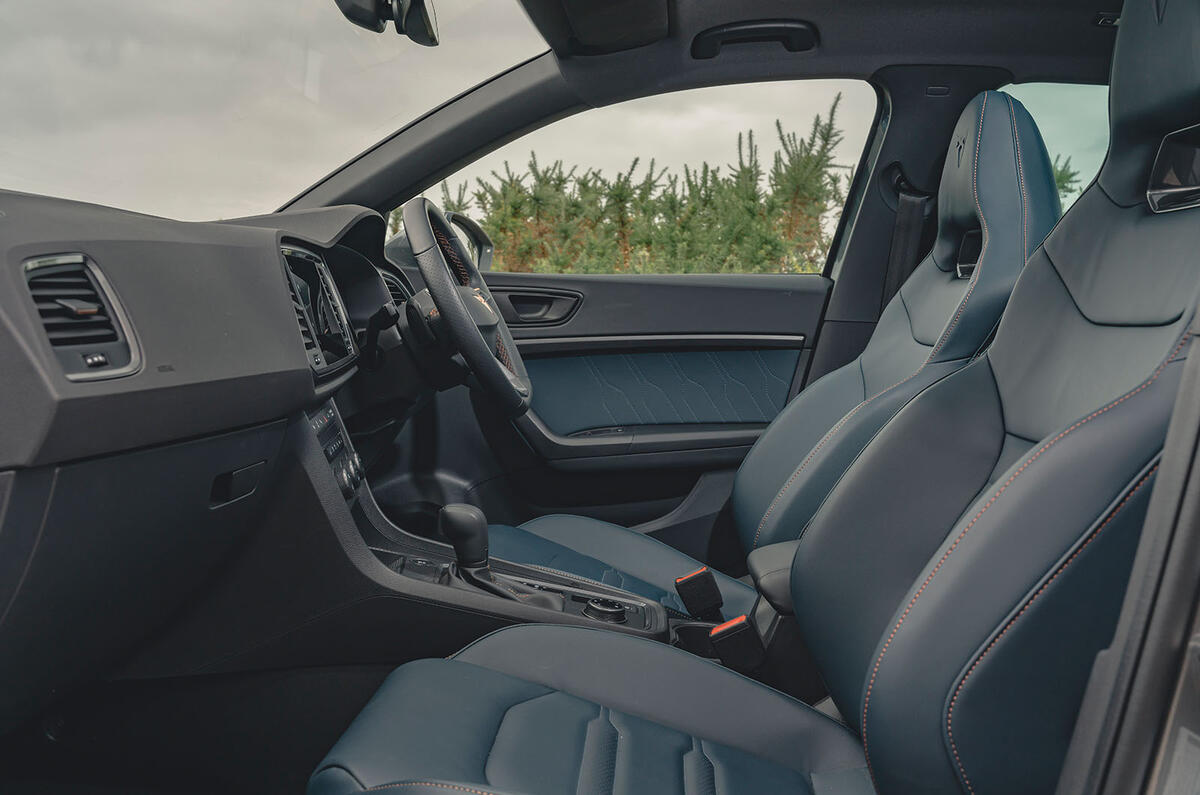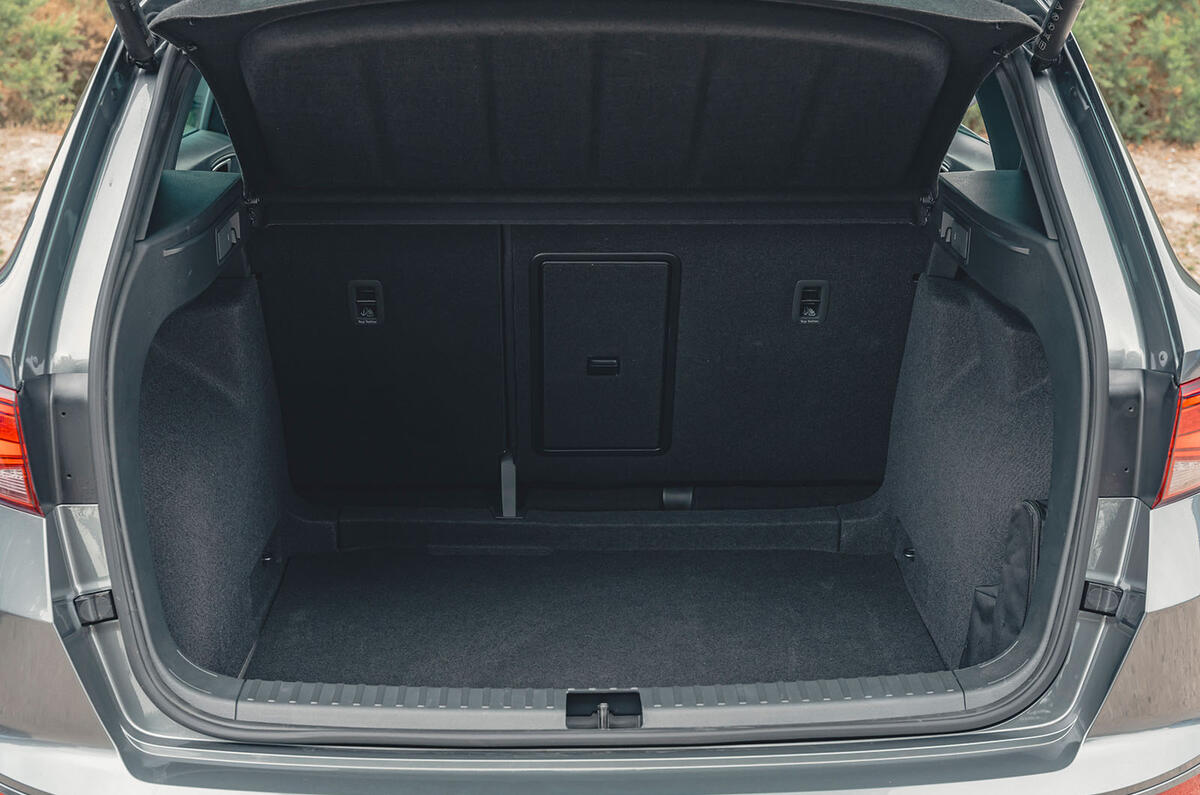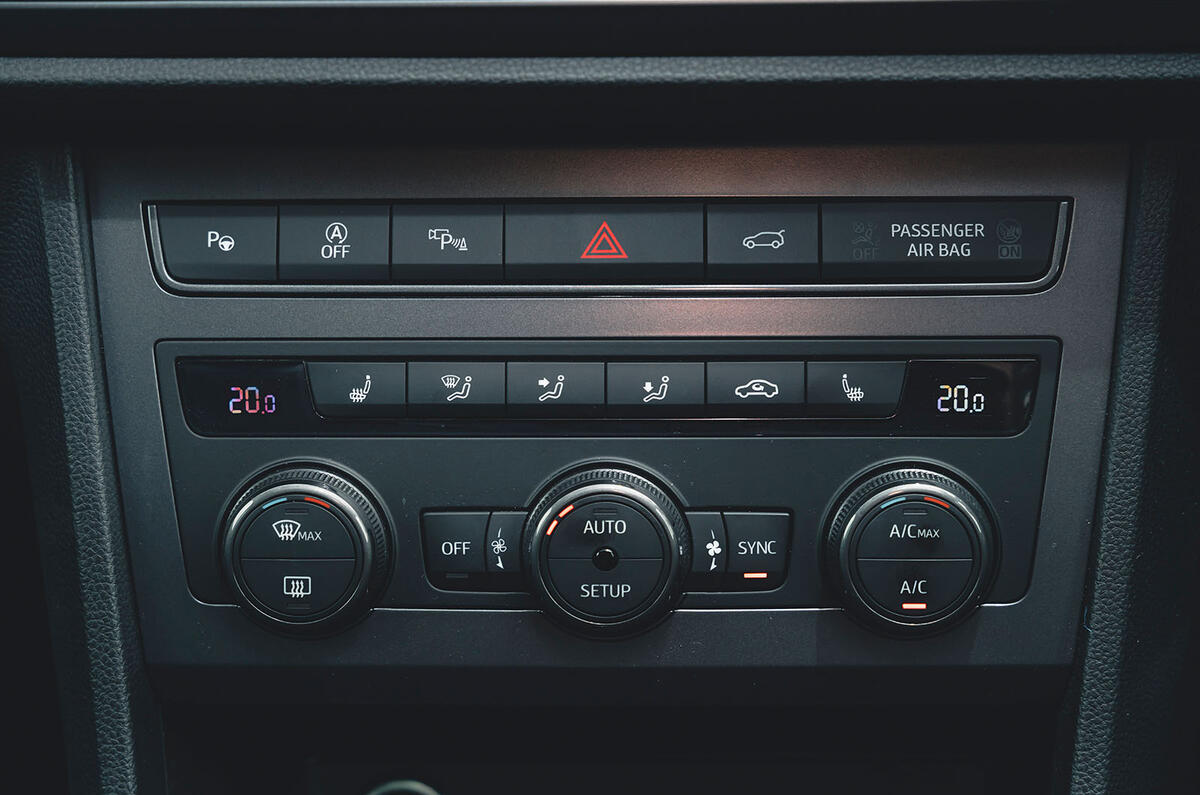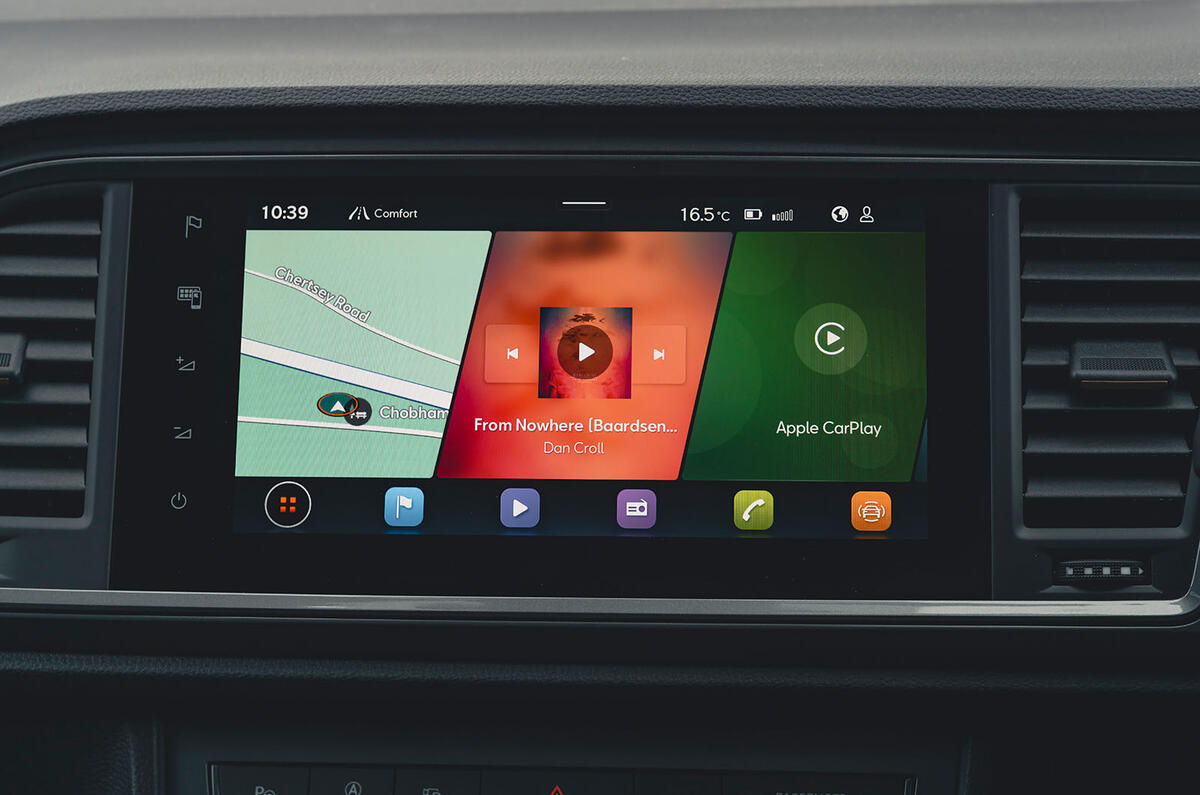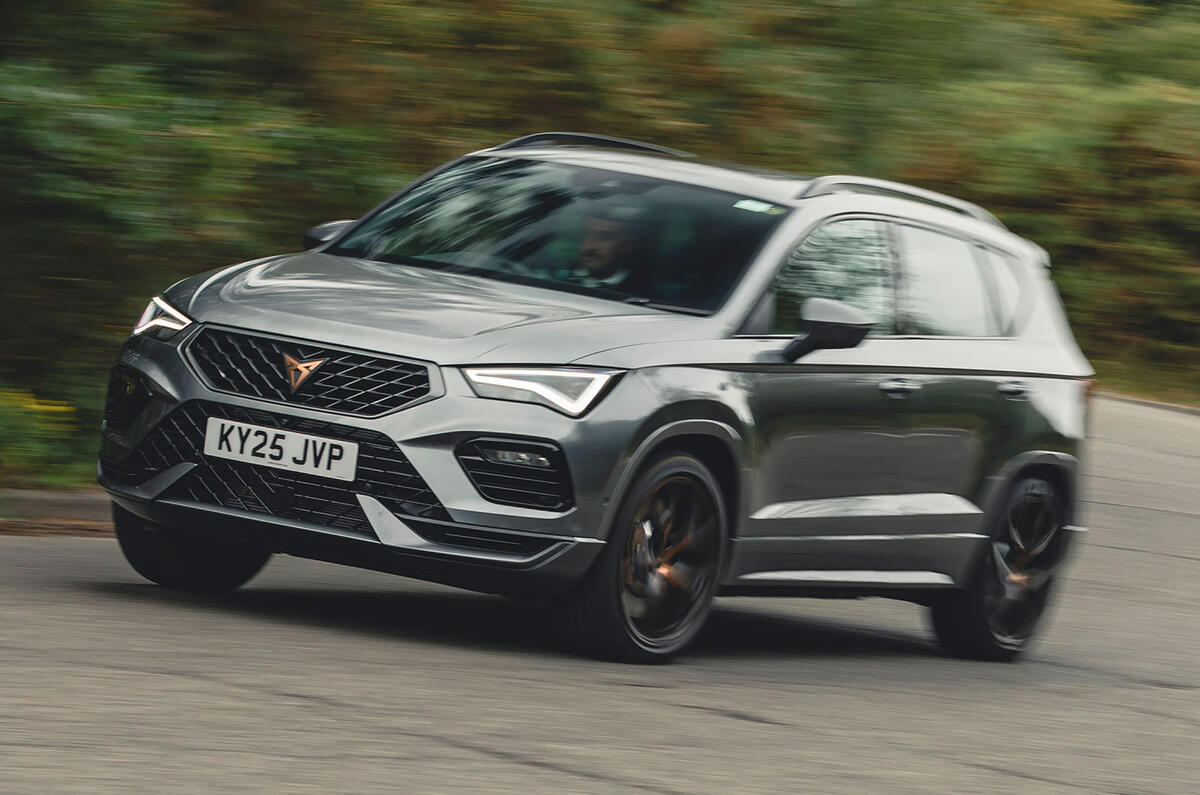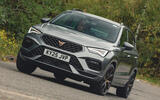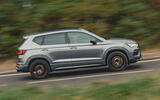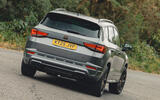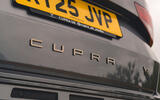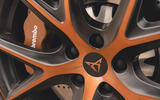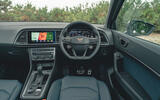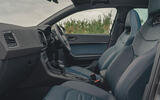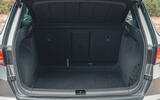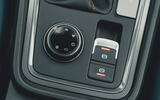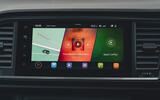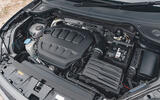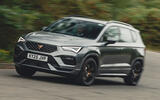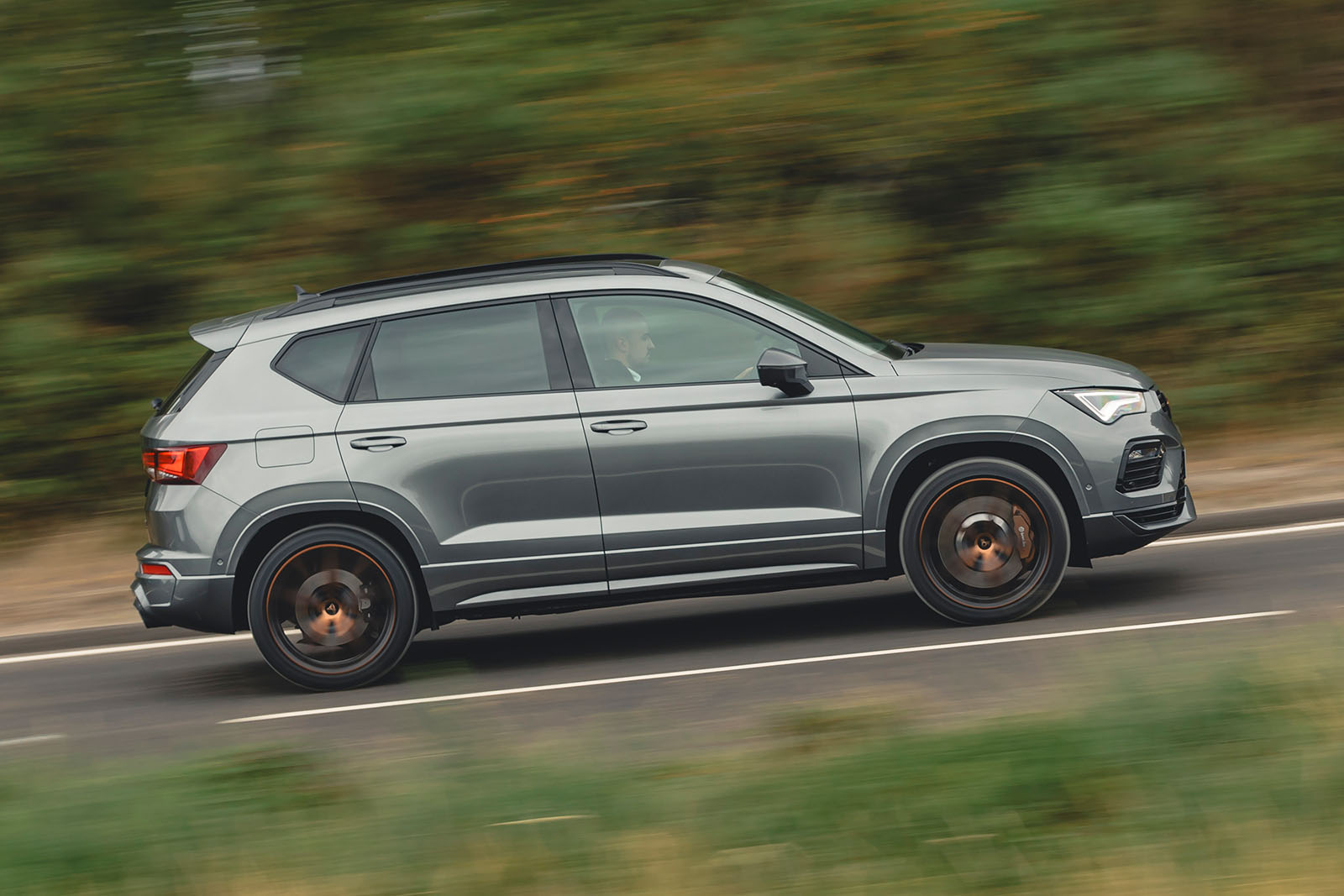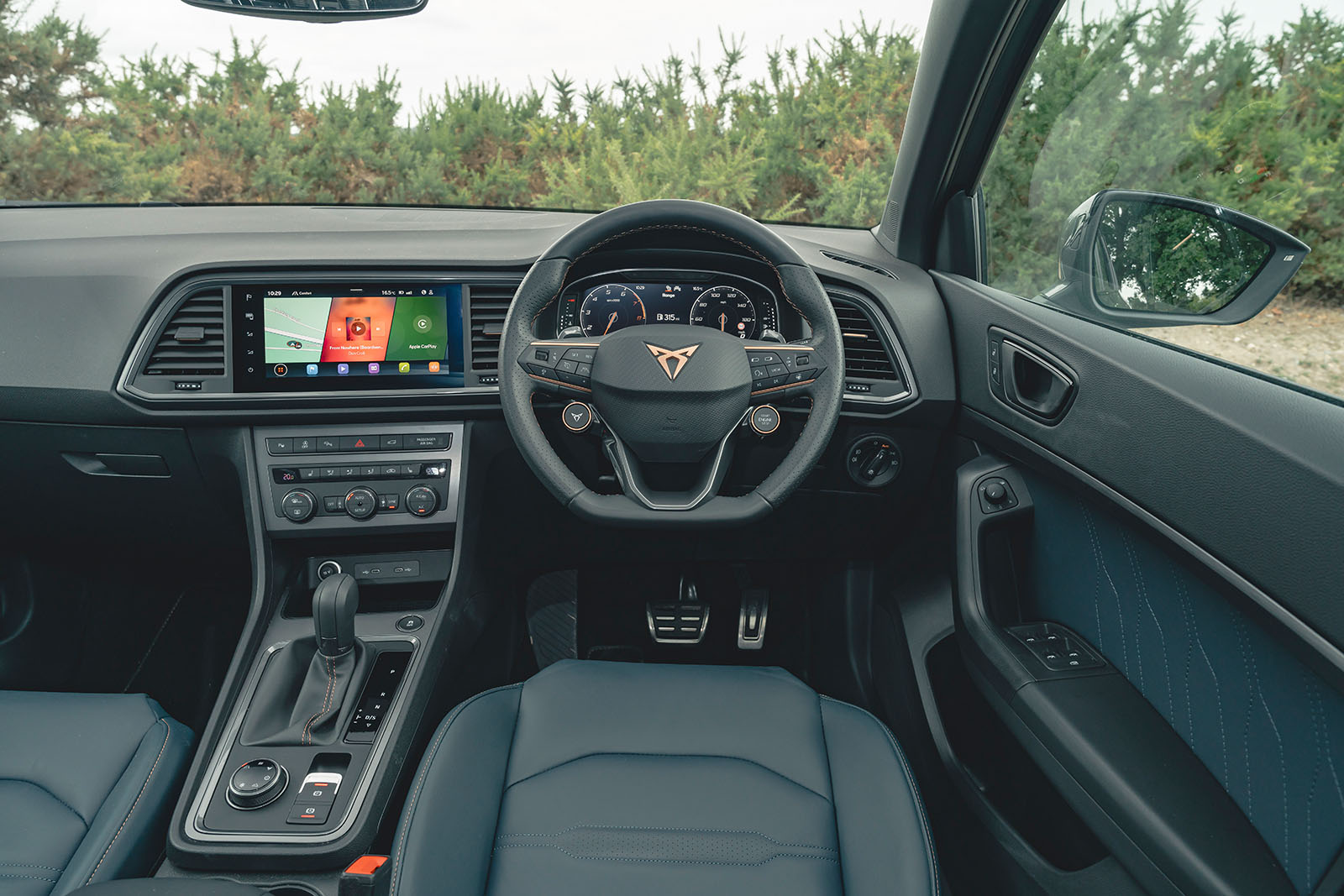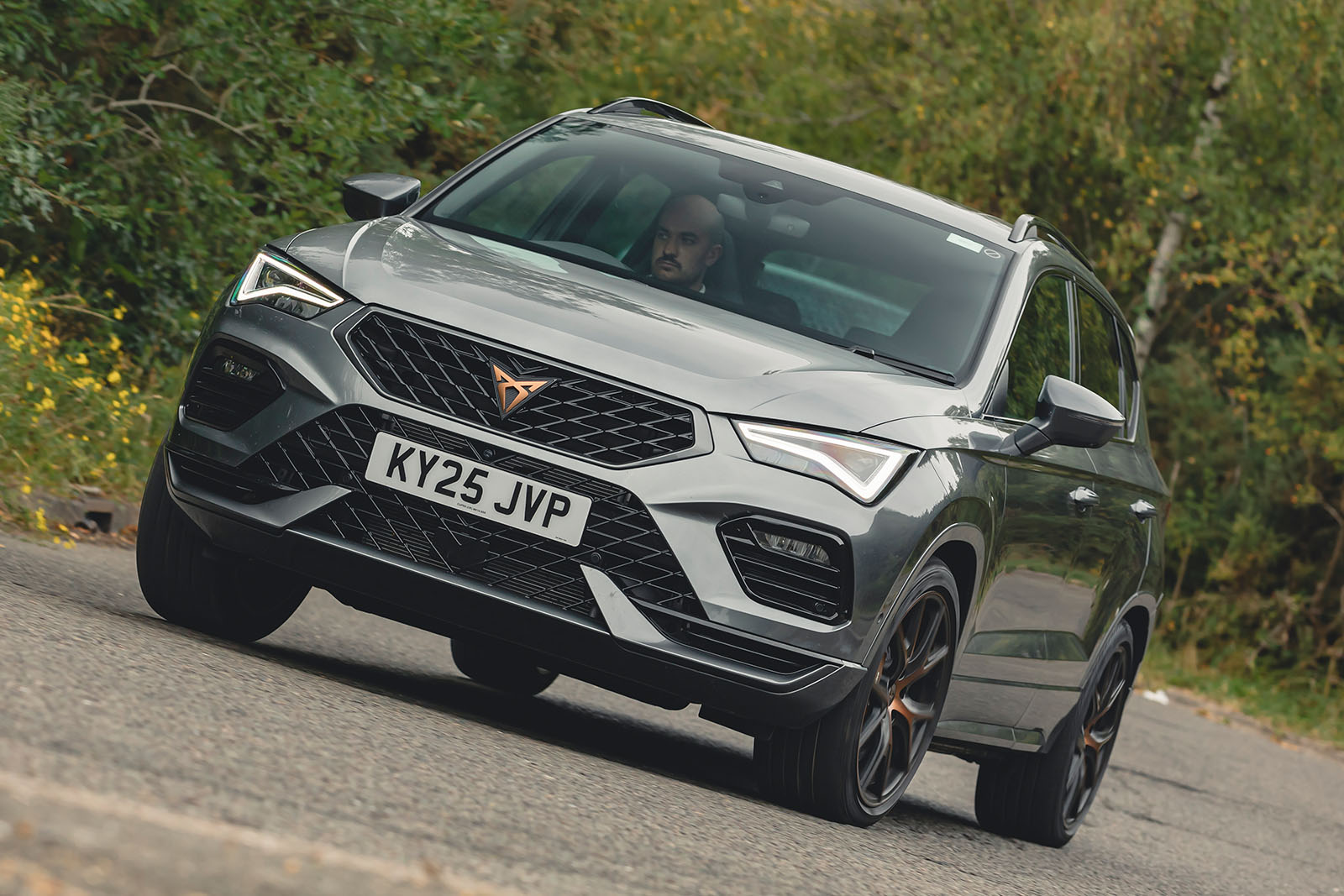It all started here. In 2018, Seat announced that it was transforming its Cupra model line into a brand in its own right, creating exciting, youthful, sporty versions of Martorell’s family cars – and the Cupra Ateca was the guinea pig.
It was guided by a compelling recipe: combine the engine, gearbox and driveline of hot Volkswagens with the fashionable, desirable added-convenience bodystyle of a crossover. It sounds like a winning recipe - and in practice it was mostly delivered.
However, the Ateca is now one of the oldest cars you can buy new. Also consider the fact that its rivals include the BMW X1 M35i and Porsche Macan and you realise how hard it will have to work in order to win your favour.
Still, with fresh styling touches brought about by a facelift and some upgraded interior technology, Cupra believes the Ateca still a worthy part of the family. Time, then, for us to find out if this era-defining warrior has lost its mojo.
The Cupra Ateca range at a glance
Four trim levels are available: V1, V2, VZ2 and VZ3. All cars come generously equipped with a heated steering wheel, LED front and rear lights, a 9.2in infotainment touchscreen, an eight-speaker stereo system and Apple CarPlay and Android Auto. V2 trim grants you a rear-view camera, park assist, an electric bootlid and a wireless phone charger. VZ2 and VZ3 cars add sporting touches such as larger alloy wheels, performance brakes and the choice of four different drive modes.



